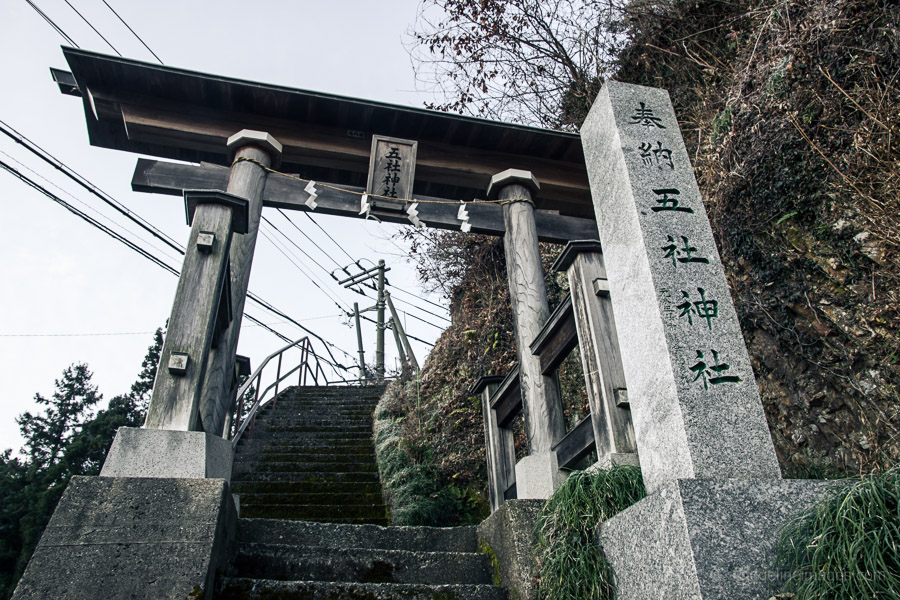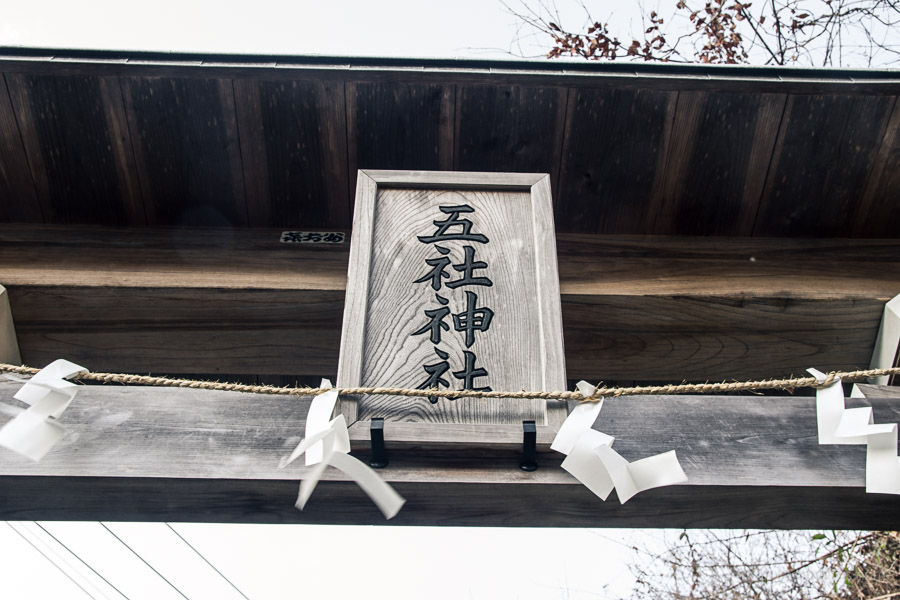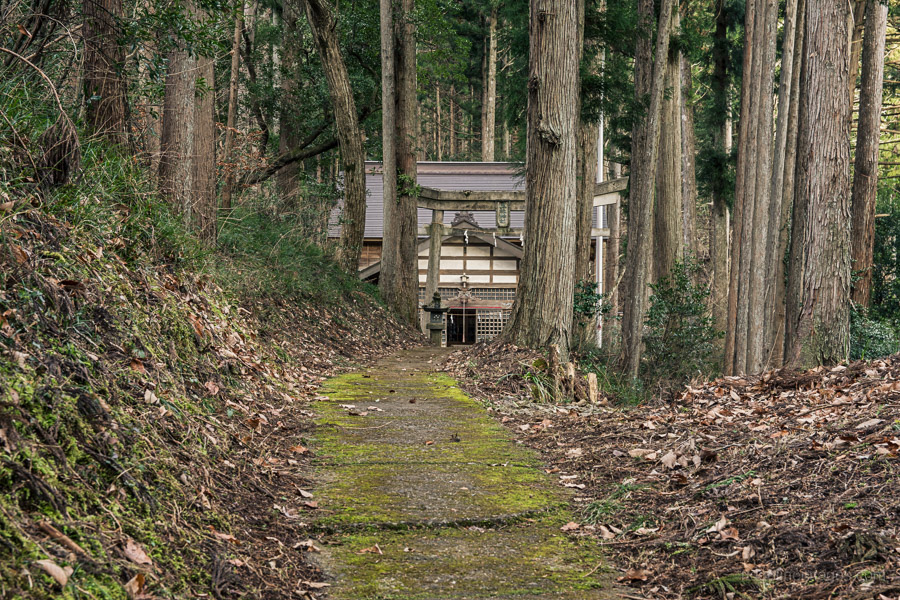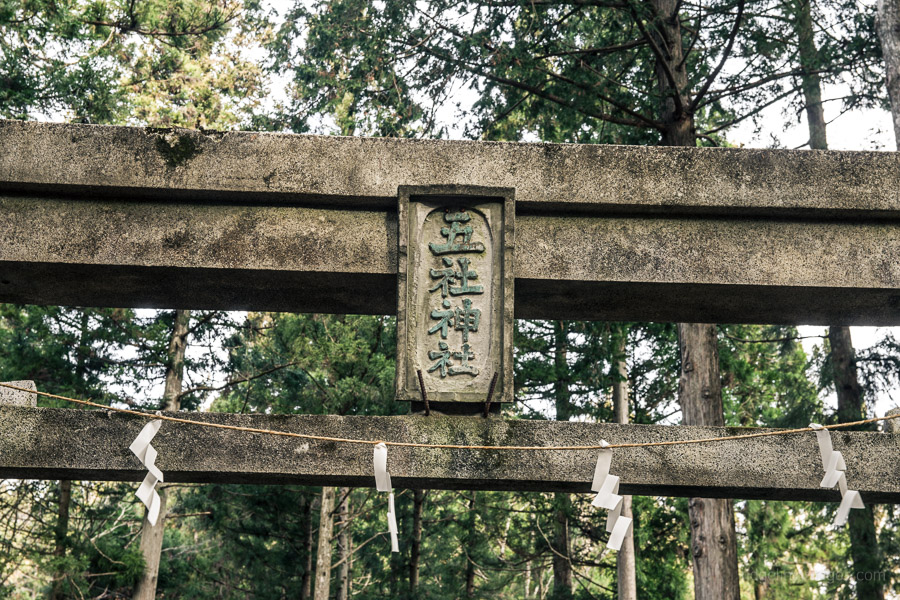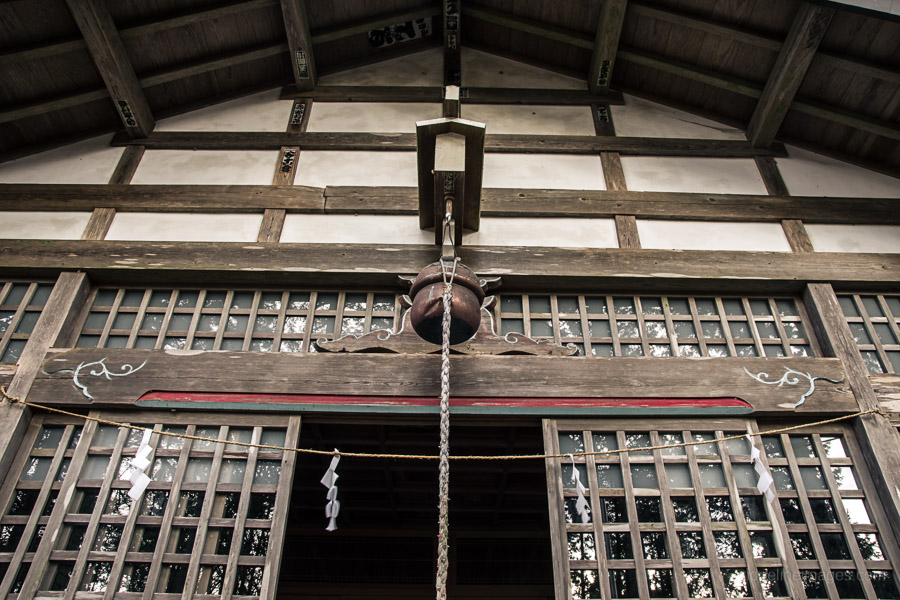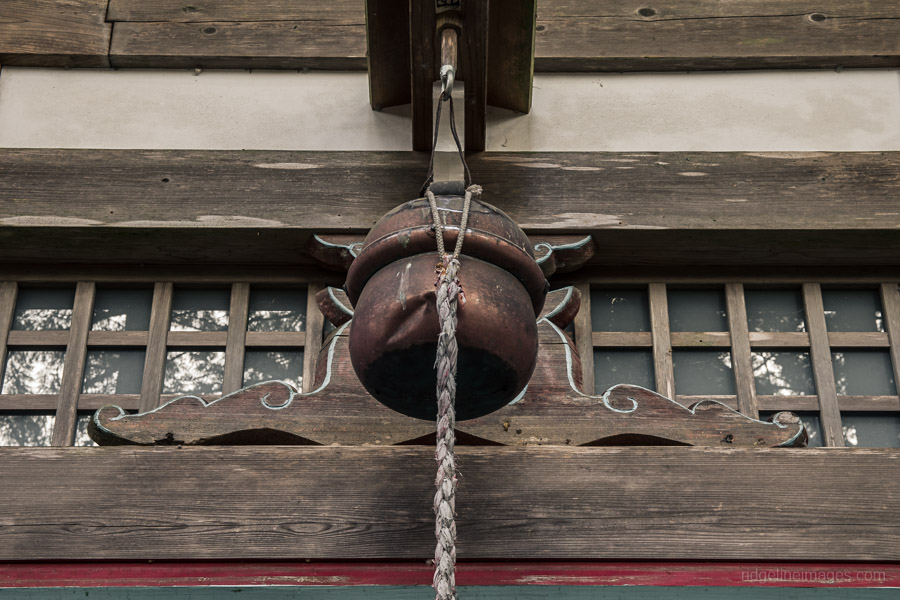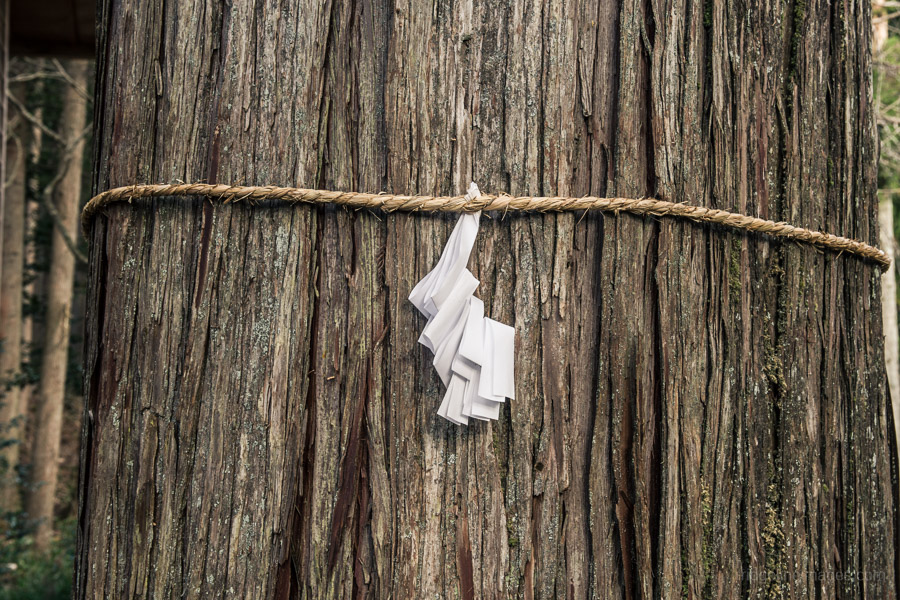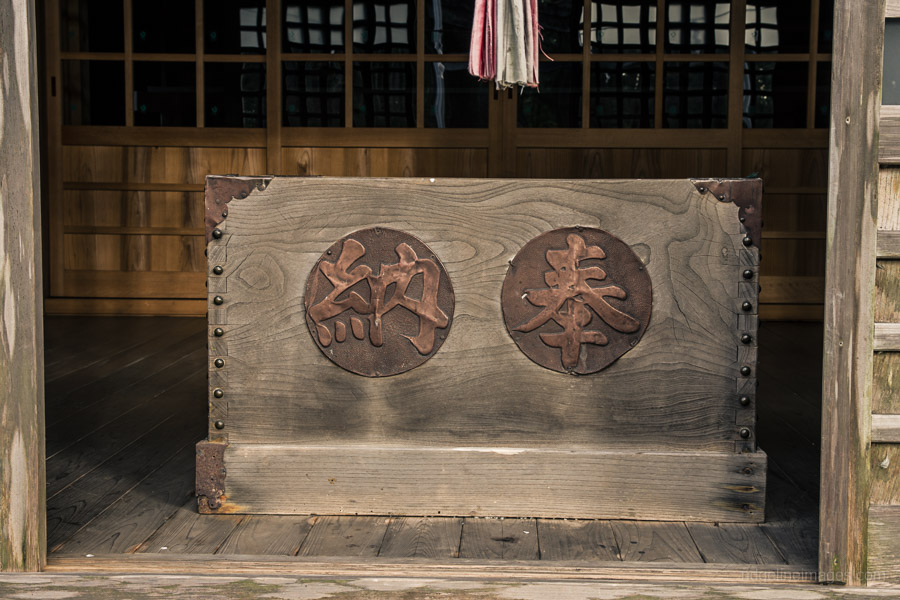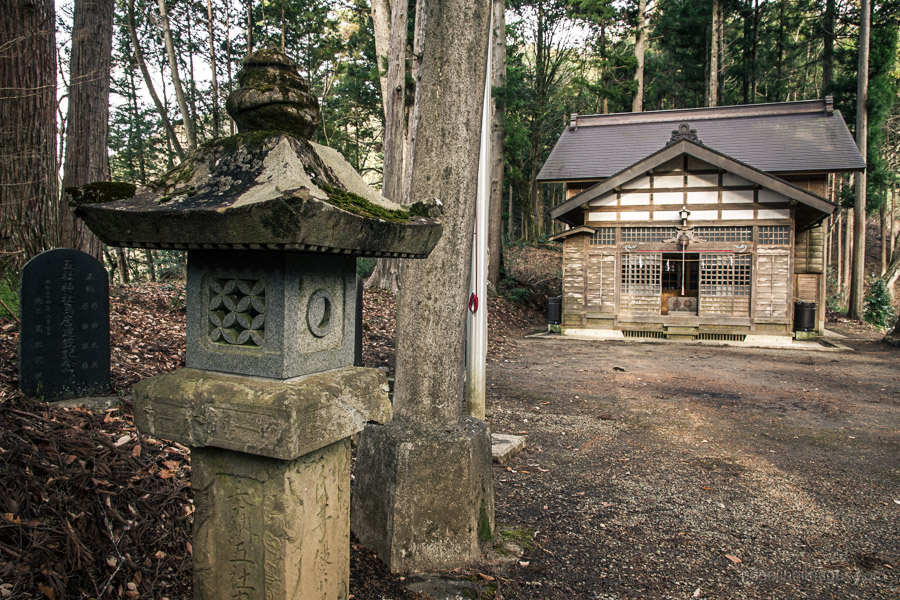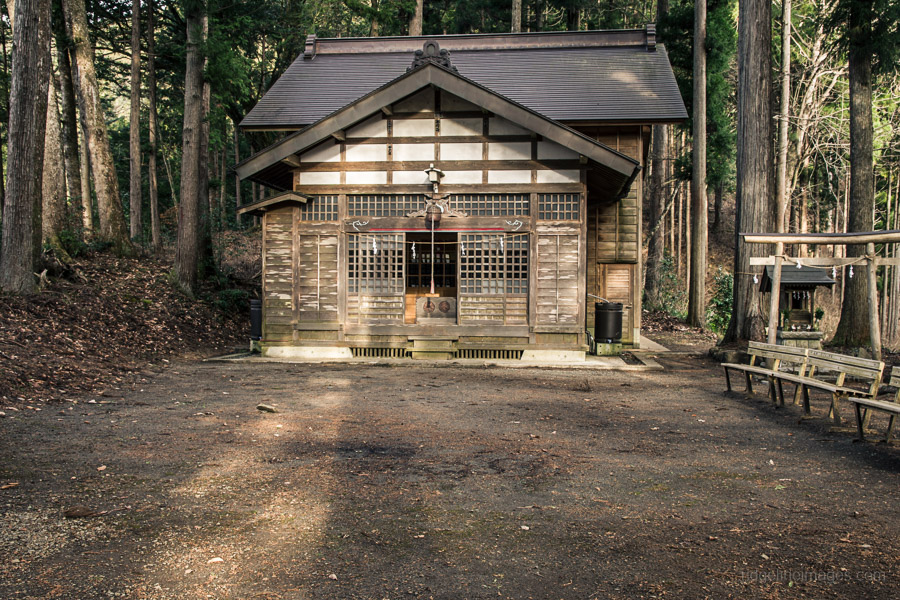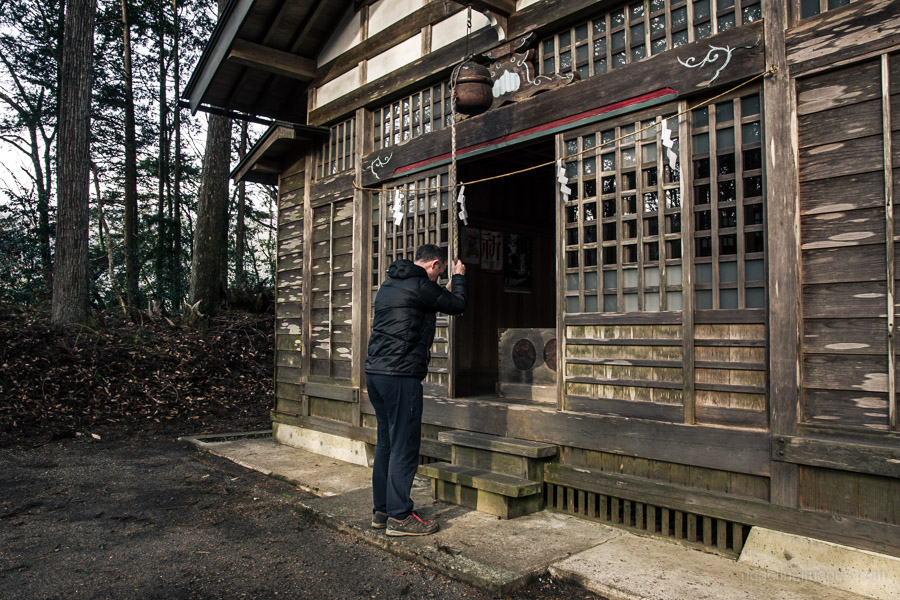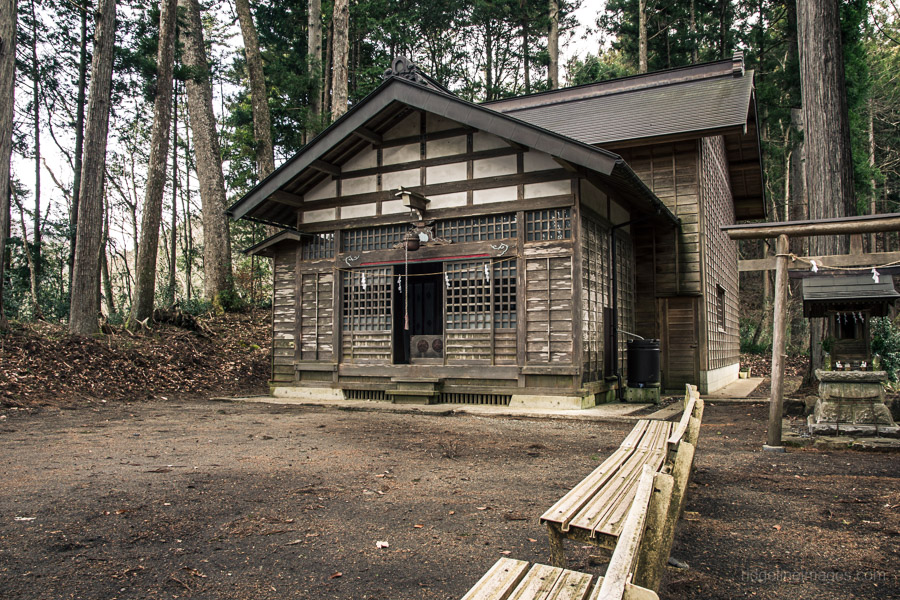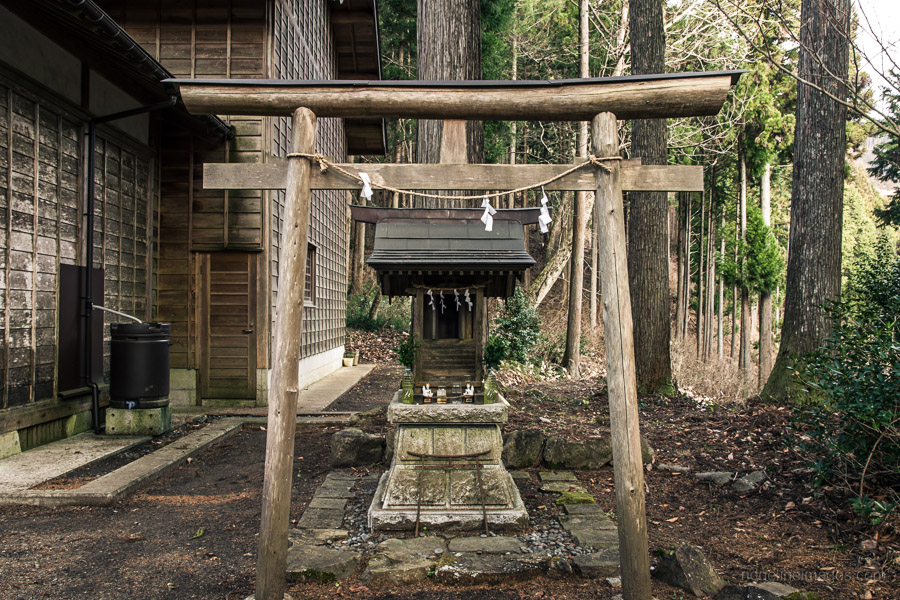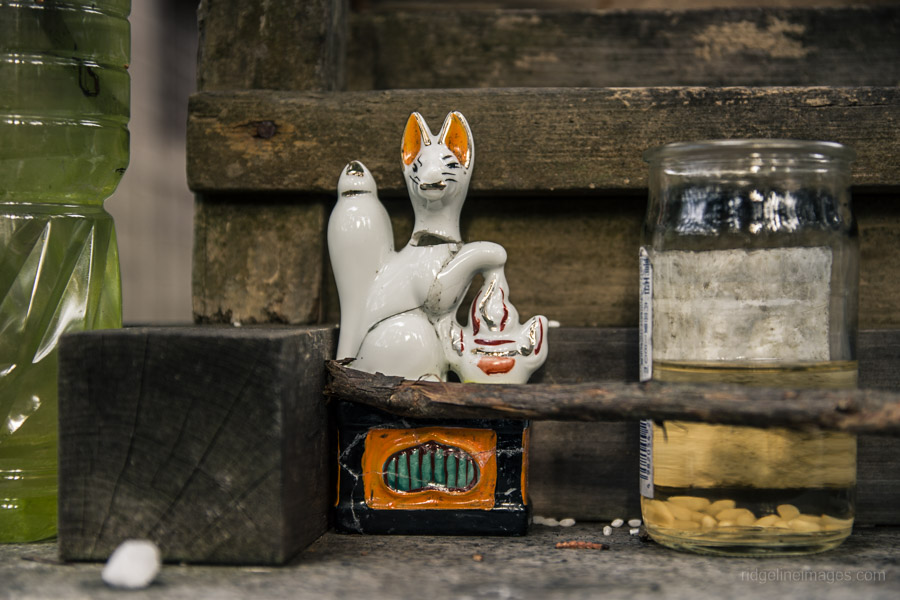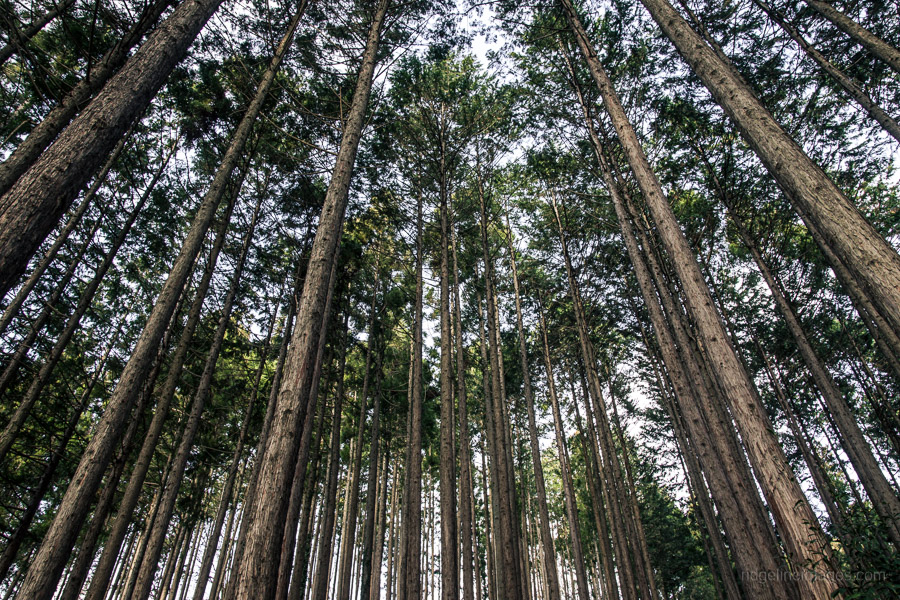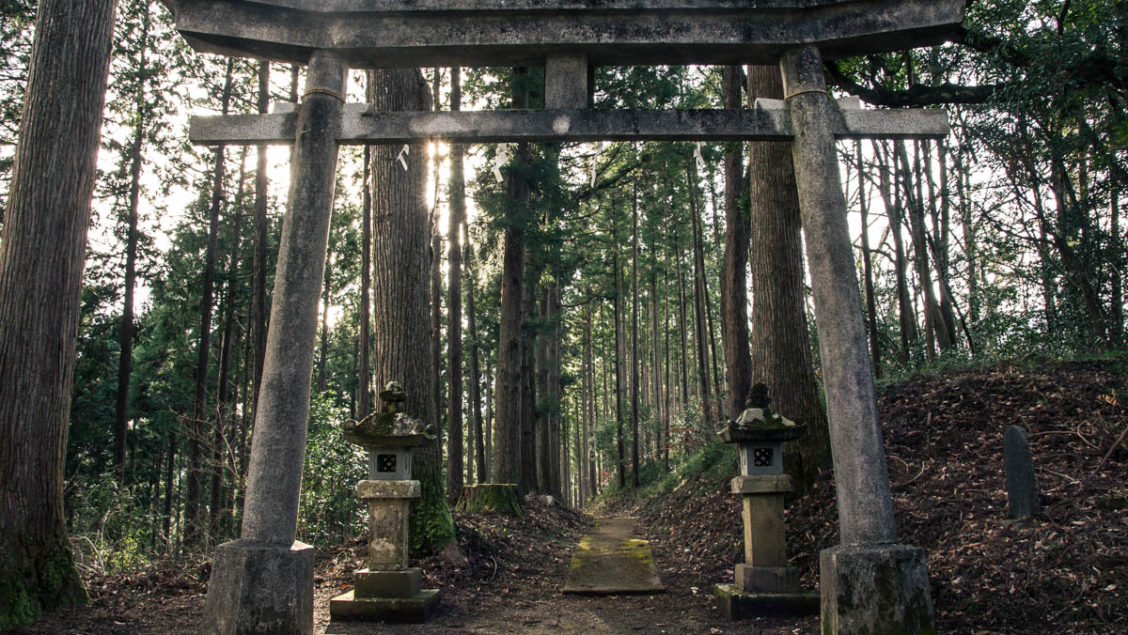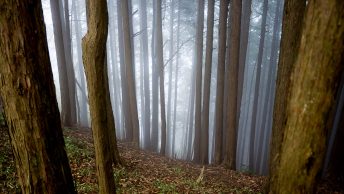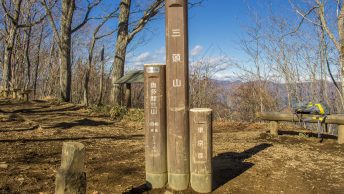A Unique Shrine Surrounded by Nature
Hatsumode or the first shrine visit of the year is a big deal in Japan with literally millions rocking up to their local shrine to pray for good fortune in the year ahead. In recent years I haven’t bothered much with the tradition mostly due to the fact I don’t wish to be stuck in a long line to spend a fleeting moment of communion with the gods.
So, what are the alternatives? One option is to steer clear of the masses, wait a week or so and head to a mountain shrine though preferably not the overcrowded Fushimi Inari-taisha. In the Kanto region the most famous is the probably the Mitsumine Shrine in far western Chichibu. If that’s too much of a stretch, there are a few shrines inside Tokyo worth checking out for example the Gosha Shrine in Hinohara Village. From Musashi-Itsukaichi Station it takes around 45 minutes by bus along with 500 stone steps to reach this picturesque shrine perched on a ridge enclosed by Japanese cedar. The nice thing is afterwards there are plenty of hiking trails to explore and Mt. Mito is just down the road.
What makes the Gosha Shrine unique is not its age as it doesn’t appear to be that old, but the fact it retains six hand carved wooden Buddha statues. According to village’s website they hail from the Heian period (794 to 1185) a time where Buddhism began to spread throughout Japan. As you can imagine the carvings are Tangible Cultural Property meaning they are recognised as being of high historical value. To give some context when these statues were being fashioned Genghis Khan had yet to invade China and the Magna Carta hadn’t been drafted! The mind boggles that these 1,000-year-old artefacts sit unperturbed in the recesses of a humble mountain shrine.
